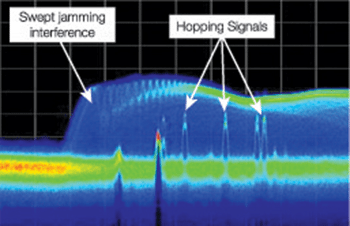“Not only can our technology predict EMI, but we also apply measures to reduce EMI.” ~ Lixiong DU, research leader.
Researchers at the University of Dallas, Texas, have developed a technology, condition-adaptive Δf3 EMI control, to detect and mitigate chip noise in electric vehicles (EVs). It can be integrated in applications ranging from vehicles to cellphones and laptops.
Electro-magnetic interference can hamper communication between densely packed electronic components. In EVs such mis-communication can be catastrophic. Continuous changes in EMI may lead to chip malfunctioning, even without the driver’s knowledge.
The Δf3 refers to three different ways the system can adapt its frequency to manage EMI – ΔfSW,UP/DN spread control, ΔfSW spread range modulation and ΔfSW adaptive Multi-Rate (MR) SSM.
The spread control manages the direction of the frequency being varied, up or down from its central value. The spread range is how much the frequency can vary from its central value and the spread spectrum modulation (SSM) prevents the frequencies from overlapping and creating spikes in EMI.

To prevent high-energy EMI from being perceived as noise within the human audible range, the system employs a technique to track and control the modulation frequency (fM) envelope. The control method has been implemented in a Gallium Nitride (GaN) power converter.
The technology was fabricated using a 180-nanometer high voltage bipolar complementary metal oxide semiconductors (CMOS) and double diffused metal oxide semiconductors (DMOS) process (HV BCD), which is good for managing both low and high power signals.
The proposed control method automatically extends the frequency deviation from 10% to 32%. This helps reduce interference by 17.2dB when the load current increases from 200mA to 1A.
It also can adaptively down-spread the switching frequency with a 16.3dB EMI reduction in response to an input voltage increase from 12V to 24V, without causing harmful frequency overlap spikes.




